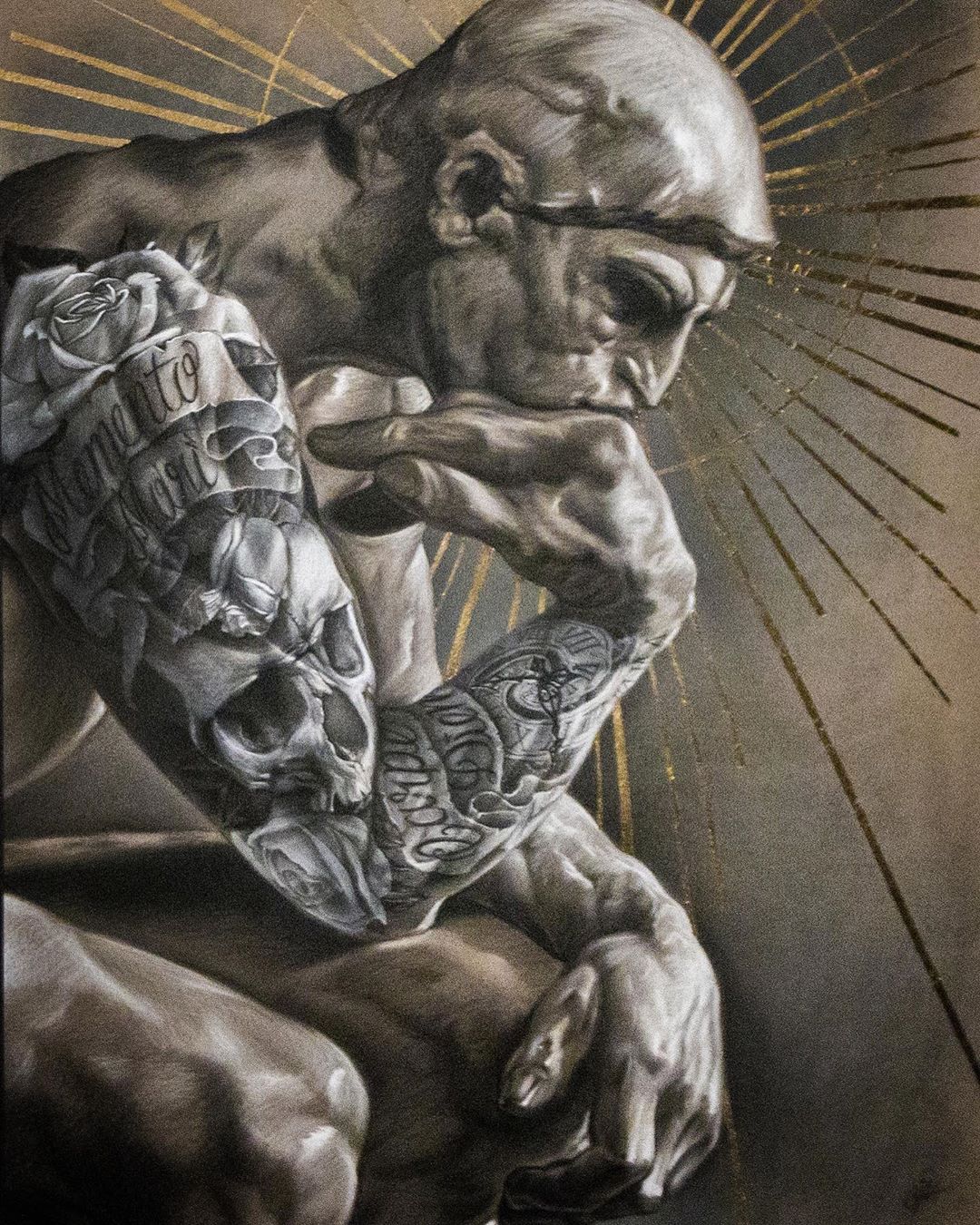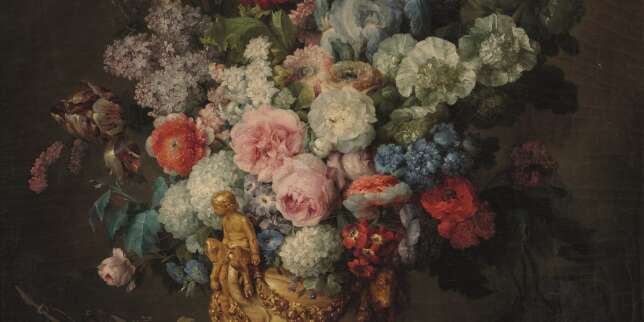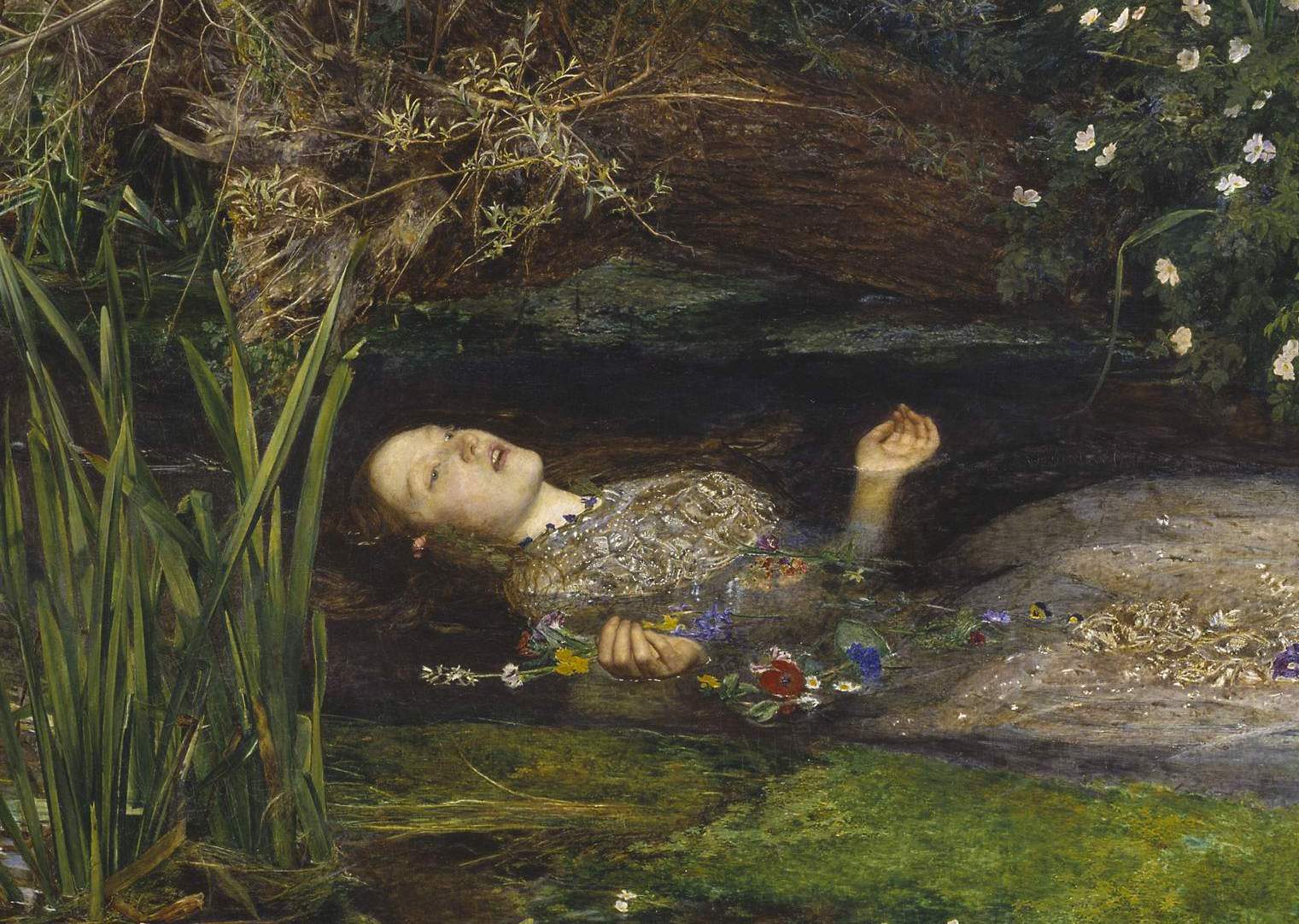Ofrenda
2021 - Installation (Installation)
5:06 minutes
Elyla
Ofrenda [Offering] by Elyla includes a single-channel video and the mask used in the performance. The video is a recorded action of the artist, who appears removing a sieve mask that was pinned to the skin of their face, leaving a trail of blood that falls on their naked, mud-covered body. Worn in El Baile de las Negras , a colorful dance performed by men dressed as women, the mask originates from Indigenous celebrations in Monimbó, Nicaragua. In the late 1970s, this mask was adopted by young rebels during the popular insurrection against the dictatorship of Somoza in Nicaragua—they even became iconic in the photographs of Susan Meiselas. More recently, the masks were embraced and resignified by the LGTBQI+ community reclaiming alternative memories of anti-colonial resistance, which included early performances by Elyla, such as Solo Fantasía (2014). After removing the mask, the artist puts it inside her mouth to chew it and then spit it out. The work is a ritual action that addresses the complexities of a gender and sexually diverse body, the violence contained in mestizaje , the ideology of whitening, and the colonial wounds derived from the erasure of ancestral heritage.
Elyla (Fredman Barahona) is a performance artist and queer activist. Their work critically explores the masculine lineage of the Sandinista revolution, the narratives of national identity, and the experience of being a cochon barro-mestiza in a religious, conservative society. Elyla developed a body of work addressing the exclusionary implications of the concept of mestizaje , whose narrative has erased—and converted into commodities—Indigenous and Black identities under the umbrella of inclusive rhetoric. The artist coined the term barro-mestiza to take distance from the traditional understanding of mestizaje and reclaim their Indigenous ancestry, in dialogue with tran-ancestral struggles of precolonial corpodivinities and the memory of the barro (land and soil). In 2013, Elyla co-founded Operación Queer, a collective that blurred the limits between academia, art, and activism, and took a public position against the persecution of sexual dissidence by the repressive government of Daniel Ortega. The artist’s early work consisted of actions in public space that usually defied the authoritarian restrictions and the acceptance of censorship imposed through persecution and terror.
Colors:
Related works sharing similar palette
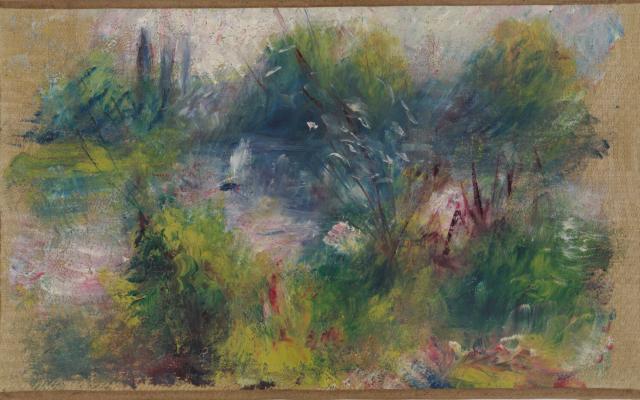
© » ART & OBJECT
Valuable Paintings Found in Unusual Places | Art & Object Skip to main content Subscribe to our free e-letter! Webform Your Email Address Role Art Collector/Enthusiast Artist Art World Professional Academic Country USA Afghanistan Albania Algeria American Samoa Andorra Angola Anguilla Antarctica Antigua & Barbuda Argentina Armenia Aruba Ascension Island Australia Austria Azerbaijan Bahamas Bahrain Bangladesh Barbados Belarus Belgium Belize Benin Bermuda Bhutan Bolivia Bosnia & Herzegovina Botswana Bouvet Island Brazil British Indian Ocean Territory British Virgin Islands Brunei Bulgaria Burkina Faso Burundi Cambodia Cameroon Canada Canary Islands Cape Verde Caribbean Netherlands Cayman Islands Central African Republic Ceuta & Melilla Chad Chile China Christmas Island Clipperton Island Cocos (Keeling) Islands Colombia Comoros Congo - Brazzaville Congo - Kinshasa Cook Islands Costa Rica Croatia Cuba Curaçao Cyprus Czechia Côte d’Ivoire Denmark Diego Garcia Djibouti Dominica Dominican Republic Ecuador Egypt El Salvador Equatorial Guinea Eritrea Estonia Eswatini Ethiopia Falkland Islands Faroe Islands Fiji Finland France French Guiana French Polynesia French Southern Territories Gabon Gambia Georgia Germany Ghana Gibraltar Greece Greenland Grenada Guadeloupe Guam Guatemala Guernsey Guinea Guinea-Bissau Guyana Haiti Heard & McDonald Islands Honduras Hong Kong SAR China Hungary Iceland India Indonesia Iran Iraq Ireland Isle of Man Israel Italy Jamaica Japan Jersey Jordan Kazakhstan Kenya Kiribati Kosovo Kuwait Kyrgyzstan Laos Latvia Lebanon Lesotho Liberia Libya Liechtenstein Lithuania Luxembourg Macao SAR China Madagascar Malawi Malaysia Maldives Mali Malta Marshall Islands Martinique Mauritania Mauritius Mayotte Mexico Micronesia Moldova Monaco Mongolia Montenegro Montserrat Morocco Mozambique Myanmar (Burma) Namibia Nauru Nepal Netherlands Netherlands Antilles New Caledonia New Zealand Nicaragua Niger Nigeria Niue Norfolk Island Northern Mariana Islands North Korea North Macedonia Norway Oman Outlying Oceania Pakistan Palau Palestinian Territories Panama Papua New Guinea Paraguay Peru Philippines Pitcairn Islands Poland Portugal Puerto Rico Qatar Romania Russia Rwanda Réunion Samoa San Marino Saudi Arabia Senegal Serbia Seychelles Sierra Leone Singapore Sint Maarten Slovakia Slovenia Solomon Islands Somalia South Africa South Georgia & South Sandwich Islands South Korea South Sudan Spain Sri Lanka St...

© » KADIST
Sofía Córdova
2021Set some time in the future, Sofía Córdova’s multi-channel film installation GUILLOTINÆ Wanna Cry, Act Yellow: Break Room imagines a public that worships pop stars and revolutionary leaders equally...

© » KADIST
Victor & Sergiy Kochetov
1992Ukraine-Russia / Volleyball by Viktor and Sergiy Kochetov features a concrete monument of women volleyball players before the railway station in the village of Vodyanoye, Kharkiv region...

© » KADIST
Adrían Balseca
2018The project Grabador Fantasma (Phantom Recorder) consists of a communally constructed technological device in Sarayaku ancestral territory...
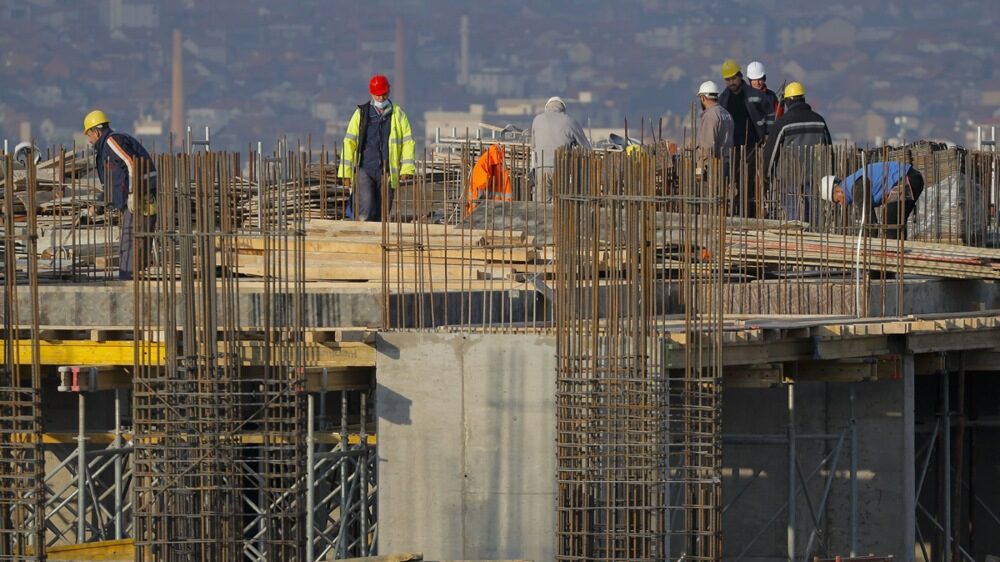
© » PRISHTINA INSIGHT
Worker Fatality Rates Still High, BIRN Report Uncovered - Prishtina Insight Home Kallxo Jeta në Kosovë Drejtësia në Kosovë Gazeta JNK Log In Subscribe News Features Opinion Guide Big Deal Archive Follow @prishtinsight Workers labor on the construction site amid the ongoing coronavirus COVID-19 pandemic in Pristina, Kosovo, 24 November 2020...

© » KADIST
Book Fair 12pm-7pm, Events 1pm-6:30pm Book Fair Participants: The Basement, Colpa Press, EGGY PRESS, Juana Berrio, LEAP ??? magazine (magazine in residence at Kadist), Matt Borruso, Owl Cave Books, Pier 24 Photography, Publication Studios, Rite Editions, 2nd Floor Projects, San Francisco Cinematheque, TBW Books, and THE THING Quarterly...


